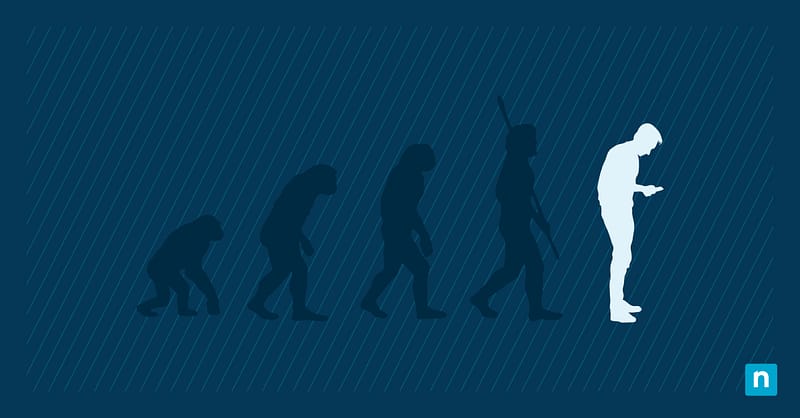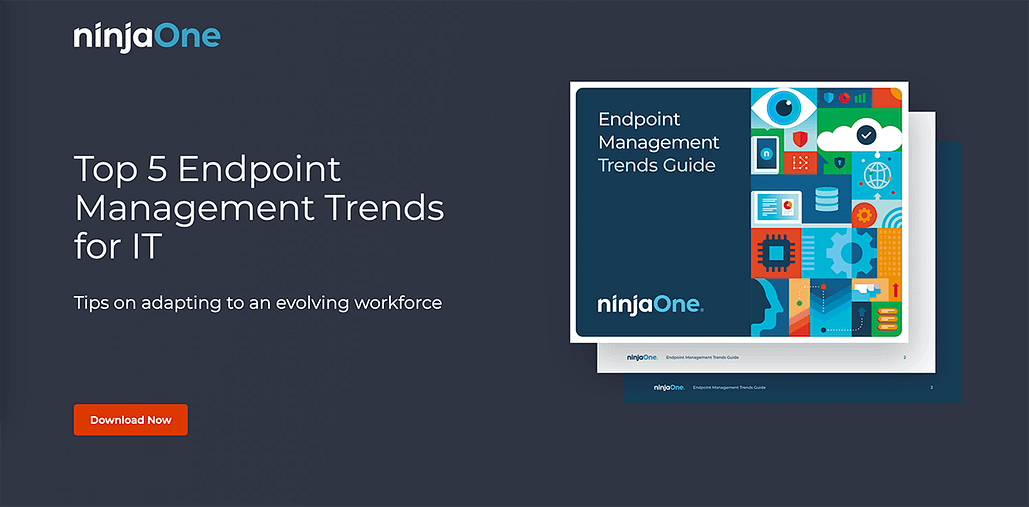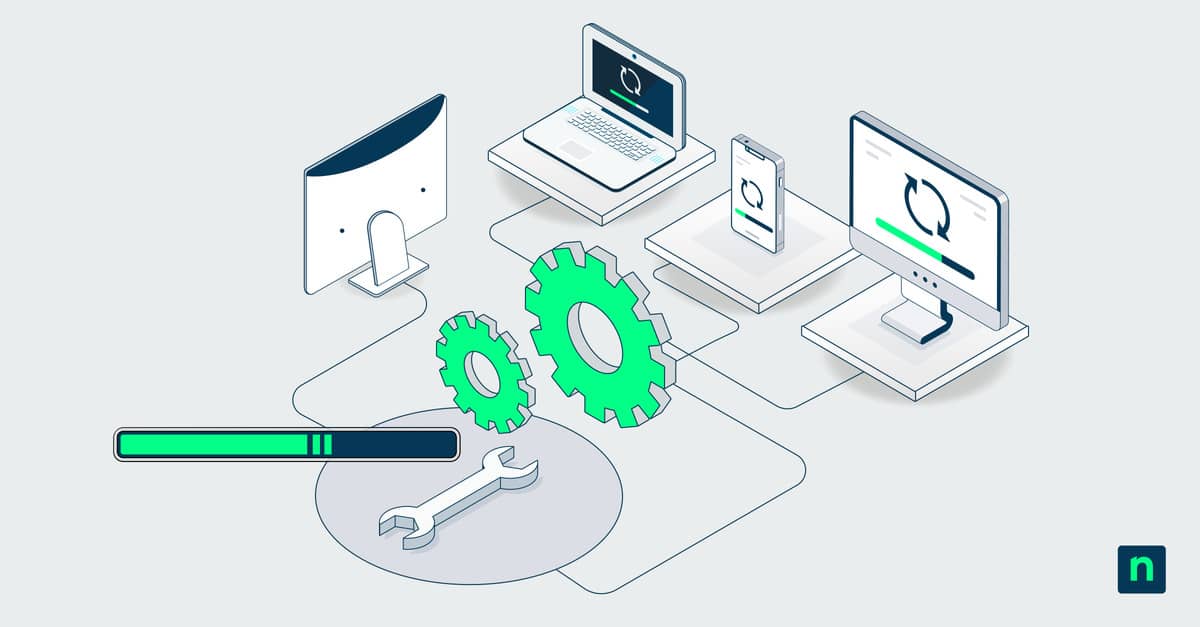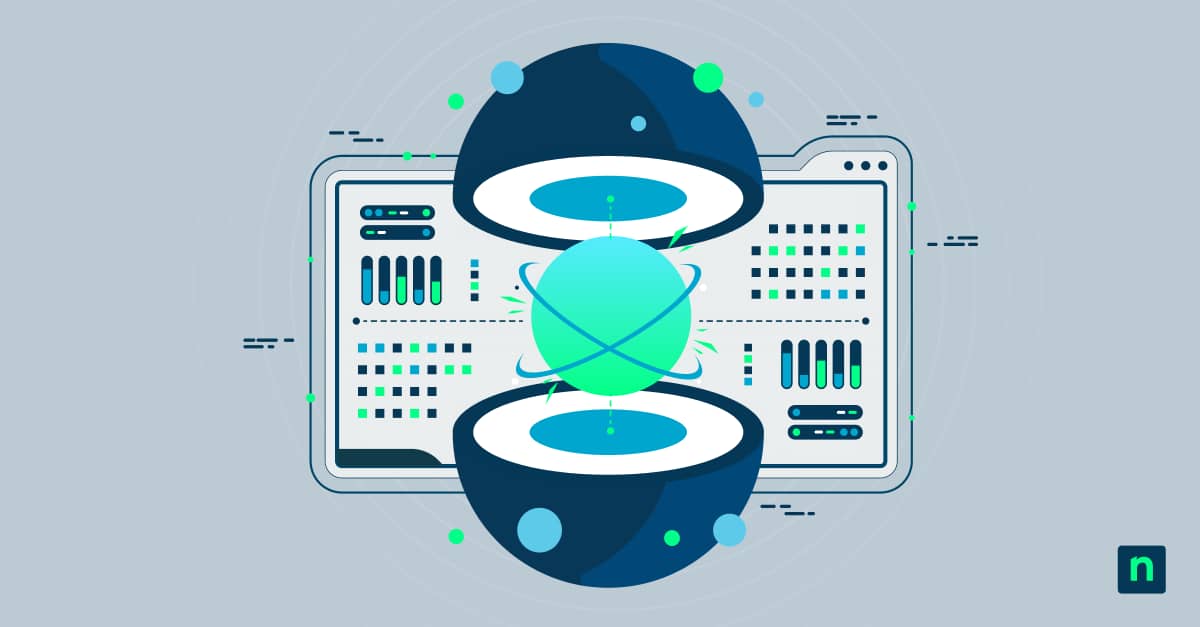Key Points
- What Is Endpoint Management & How Has It Evolved?
- What It Is: Endpoint management is the practice of monitoring, securing, and maintaining all devices connected to an organization’s network—including desktops, laptops, mobile devices, IoT, and edge endpoints.
- How It’s Evolving: Endpoint management has shifted from traditional on-premises approaches to modern, cloud-driven, and automated solutions. Factors driving this evolution include remote/hybrid work, device proliferation, BYOD (Bring Your Own Device), IoT expansion, and the rise of edge computing.
- Best Practices: Adopt unified endpoint management (UEM) platforms, automate patch management and updates, apply zero-trust security frameworks, leverage AI-driven monitoring, and ensure policies adapt to hybrid and dynamic environments.
- Why It Matters: Modern endpoint management reduces security risks, ensures compliance, improves employee productivity, and provides IT teams with agility to scale and adapt. Organizations that evolve their endpoint strategies will gain resilience, efficiency, and a competitive edge in the digital workplace.
The field of endpoint management has undergone a remarkable transformation over the years, driven by the rapid evolution of technology and changing work dynamics. IT professionals have always played a pivotal role in ensuring the security and functionality of their organization’s network. However, as the number of endpoints has proliferated, so too has the complexity of their responsibilities. Let’s explore the fascinating journey of endpoint management, tracing its evolution to meet the demands of an ever-changing technological landscape.
The shifting work environment
In recent years, a seismic shift has reshaped the very essence of work itself. As underscored by a comprehensive 2023 study conducted by WFHResearch, a staggering 67% of full-time employees have transitioned to a traditional on-premises work model. Thus. dedicating their entire workweek to business premises.
However, another 26% have embraced a hybrid work arrangement. Because of this, deftly splitting their time between the familiar office environment and the comforts of their home office. Furthermore, a notable 8% of full-time employees have entirely embraced remote work. A paradigm shift that has disrupted the conventional workplace landscape.
This transformative shift in work dynamics has posed a multifaceted challenge for IT professionals. They now shoulder the weighty responsibility of ensuring the flawless operation of technology solutions. This should be done both within the traditional on-premises network and beyond its confines. The solutions they create and implement must exhibit a remarkable degree of agility. It should be capable of seamlessly accommodating the diverse work settings that have emerged, while meeting tight security requirements.
This shift has accentuated the need for technology to be not just functional but adaptable, meeting the ever-evolving demands of modern businesses while facilitating productivity regardless of where employees choose to work. This leaves IT professionals at the forefront of aligning the needs of a remote workforce with an organization’s main goals.
The rise of BYOD
The rapid growth of Bring-Your-Own-Device (BYOD) policies was a watershed moment in the evolution of endpoint management. This ushered a new era of workplace flexibility and technology integration. As the late 2000s and early 2010s saw the rapid rise of smartphones, tablets, and other personal devices, employees increasingly desired the convenience of using these devices for work-related tasks. BYOD policies were established to embrace this trend. As a result, granting employees the freedom to utilize their personal gadgets within the corporate ecosystem.
However, this newfound flexibility also brought about a profound shift in the responsibilities of IT teams. Traditionally tasked with managing a standardized fleet of company-provided desktops and laptops, IT professionals were now faced with a vastly expanded scope. They had to accommodate a diverse array of personal devices, each with its own operating system, security settings and potential vulnerabilities.
This diversification of endpoints ranged from Apple iPhones to Android smartphones, Windows laptops to MacBooks, and various tablet brands. This presenter IT teams with the complex challenge of ensuring seamless integration while preserving security and data integrity.
While BYOD promised significant productivity benefits, it raised legitimate concerns in the IT landscape. Chief among these concerns was security. As personal devices connected to the corporate network, they introduced potential vulnerabilities and security risks.
The mishandling or loss of a personal device could result in unauthorized access to sensitive company data. This could expose, the organization to data breaches and compliance violations. Therefore, IT departments were faced with the daunting task of creating strategies and implementing solutions to mitigate these risks and protect critical assets while maintaining a positive user experience for employees.
Adapting to BYOD challenges
In response to the BYOD trend, technology solutions quickly adapted to address the unique endpoint management challenges it posed. One such adaptation was the development of Mobile Device Management (MDM) tools.
MDM solutions empowered IT teams to remotely manage, configure and secure personal devices connected to the corporate network. This included the ability to wipe devices remotely, respond to potential security breaches, and segregate applications. Moreover, it helps to allow-list approved applications and more. The introduction of MDM exemplified how endpoint management solutions evolved to align with the changing technology landscape utilized by end-users.
Expanding Functionality: Enterprise Mobility Management (EMM) and Unified Endpoint Management (UEM)
The emergence of MDM marked just the beginning of endpoint management’s evolution. Subsequently, the field witnessed the introduction of Enterprise Mobility Management (EMM) and Unified Endpoint Management (UEM) solutions. Each offering additional layers of functionality that extended to cover a broader spectrum of endpoints.
EMM solutions, rooted in MDM, offer holistic management of mobile devices, applications and content. They incorporate features like containerization, ensuring a secure distinction between work and personal data on devices, enhancing security without compromising user experience.
UEM solutions took the concept even further. It encompasses, not only mobile devices but also desktops, laptops and other endpoints in a unified management framework. UEM aims to simplify the management of all endpoints from a single console, streamlining tasks like software deployment, security policy enforcement and device monitoring.
Security and compliance in the modern endpoint landscape
With the increasing complexity of endpoint management, security and compliance have become paramount concerns. The rapid expansion of endpoints, coupled with diverse work environments, has created a vast attack surface for cyber threats. Consequently, modern endpoint management solutions have placed a strong emphasis on security and compliance features.
Endpoint security now includes capabilities such as threat detection, vulnerability management and real-time monitoring. Additionally, compliance tools assist organizations in ensuring that endpoints adhere to industry-specific regulations and internal policies. Endpoint management has evolved into a vital component of an organization’s overall cybersecurity strategy and portfolio.
The future of endpoint management
As we look to the future, it’s clear that the evolution of endpoint management is far from over. Emerging technologies like the Internet of Things (IoT) and edge computing have introduced new challenges and opportunities.
Endpoint management solutions will need to adapt to the proliferation of IoT devices, which often have unique requirements and security considerations. Moreover, the ongoing shift toward remote and hybrid work models will continue to reshape the endpoint management landscape. IT professionals must remain agile and proactive in addressing the evolving needs of their organizations.
Streamline your device strategy. Watch 7 common endpoint management challenges for best practices that work.
Conclusion
The evolution of endpoint management reflects the dynamic nature of the IT landscape. From the early days of traditional desktops to the current era of diverse endpoints and remote work, endpoint management solutions have continually adapted to meet the demands of an ever-changing world.
As technology continues to evolve, so will the field of endpoint management, playing a crucial role in ensuring the security, efficiency and adaptability of modern organizations. In this era of digital transformation, organizations that invest in robust and flexible endpoint management solutions will be better equipped to navigate the complexities of the modern IT landscape and secure their place at the forefront of innovation.
Learn more about the Top 5 Endpoint Management Trends for IT.








